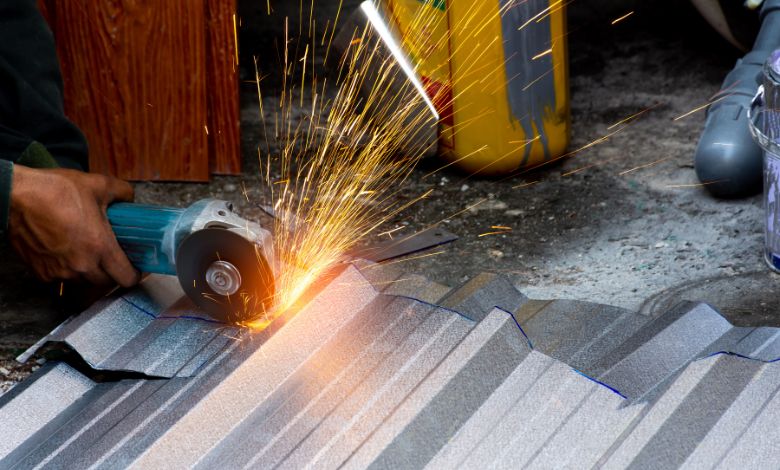
Signs You Aren’t Cutting Your Metal Correctly
Detecting irregularities in metal-cutting processes can be daunting for many, but there are obvious signs indicating that the procedure is not going as planned. Anomalies such as degraded cut quality or excessive dross are some of the striking indications that metal cutting is inaccurate. Learning the signs indicating that you aren’t cutting your metal correctly can help save your project from disaster.
Degraded Cut Quality
The quality of your metal cuts is often the first indicator of an issue with your cutting process. If your cuts are not as clean as they should be or the metal appears distorted after cutting, it could be a sign that the cutting parameters aren’t right. This degradation in quality often means the cutting speed is too high or low or the blade isn’t sharp enough. Checking your cut quality often and adjusting the cutting parameters can help you achieve the best cutting performance.
Overheating
Overheating is another common issue that could show a problem in your metal-cutting process. When the cutting tool or the workpiece gets excessively hot, it can lead to problems such as accelerated tool wear, compromised cut quality, or thermal injuries to the operator. Overheating often results from inadequate coolant application, improper feed and speed settings, or a blunt cutting tool. Checking the temperature during the cutting process and ensuring proper coolant application and correct operational parameters are key to preventing overheating.
Inadequate Lubrication
Insufficient lubrication is a common cause of issues in metal cutting. When there isn’t enough cutting oil, friction between the tool and material increases, leading to uneven cuts, accelerated tool wear, and overheating in extreme cases. When inadequate lubrication happens, you must use a high-quality oil specifically made for cutting metal. There are many advantages to using a metal cutting oil, such as reducing friction and producing cleaner cuts. That said, correctly applying a cutting oil is fundamental for perfecting metal cutting.
Excessive Dross
Dross, the re-solidified molten metal that sticks to the bottom of the cut, is another common issue in metal cutting processes. Excessive dross formation could indicate incorrect cutting parameters such as speed, power, or gas pressure. High dross indicates that the cutting speed is too slow, while too little dross suggests the speed is too fast. Regularly inspecting for dross and adjusting the cutting parameters can help maintain a high-quality cutting process. It’s also important to remove dross right away to prevent it from impacting subsequent cuts.
Troubleshooting in metal cutting isn’t as much of a headache when you know what to look out for. From checking the quality of your cuts to monitoring temperature and ensuring proper lubrication, there are many ways to ensure your metal-cutting process is on track.






